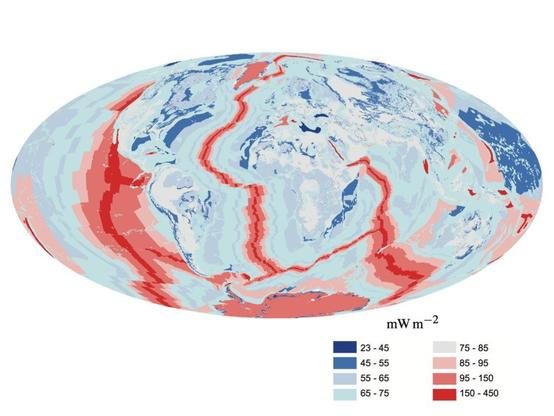This book aims to equip readers with the mathematical physics skills necessary to solve problems in mechanics, heat conduction, and electromagnetism. It covers a wide range of topics, from basic to advanced, and is intended for both students and researchers. The book provides hints for solving problems and includes detailed solutions to selected ones. Readers should have a solid background in applied mathematics to fully benefit from the book, but most problems in the earlier chapters are accessible to those with a basic understanding of mathematical physics methods.
Translated from the Russian by Richard A. Silverman.
Get the book here.
Contents
PART 1
CONTENTS
PROBLEMS, Page 1
DERIVATION OF EQUATIONS AND FORMULATION OF PROBLEMS, Page 3
- Mechanics, 3
- Heat Conduction, 9
- Electricity and Magnetism, 11
SOME SPECIAL METHODS FOR SOLVING HYPERBOLIC AND ELLIPTIC EQUATIONS, Page 19
- Hyperbolic Equations, 19
- Elliptic Equations: The Green’s Function Method, 27
- Elliptic Equations: The Method of Conformal Mapping, 33
STEADY-STATE HARMONIC OSCILLATIONS, Page 42
- Elastic Bodies: Free Oscillations, 43
- Elastic Bodies: Forced Oscillations, 46
- Electromagnetic Oscillations, 49
THE FOURIER METHOD, Page 55
- Mechanics: Vibrating Systems, Acoustics, 60
- Mechanics: Statics of Deformable Media, Fluid Dynamics, 73
- Heat Conduction: Nonstationary Problems, 77
- Heat Conduction: Stationary Problems, 83
- Electricity and Magnetism, 91
THE EIGENFUNCTION METHOD FOR SOLVING INHOMOGENEOUS PROBLEMS, Page 103
- Mechanics: Vibrating Systems, 107
- Mechanics: Statics of Deformable Media, 114
- Heat Conduction: Nonstationary Problems, 119
- Heat Conduction: Stationary Problems, 124
- Electricity and Magnetism, 131
INTEGRAL TRANSFORMS, Page 143
- The Fourier Transform, 146
- The Hankel Transform, 160
- The Laplace Transform, 169
- The Mellin Transform, 189
- Integral Transforms Involving Cylinder Functions of Imaginary Order, 194
CURVILINEAR COORDINATES, Page 203
- Elliptic Coordinates, 204
- Parabolic Coordinates, 210
- Two-Dimensional Bipolar Coordinates, 212
- Spheroidal Coordinates, 219
- Paraboloidal Coordinates, 231
- Toroidal Coordinates, 233
- Three-Dimensional Bipolar Coordinates, 242
- Some General Problems on Separation of Variables, 247
INTEGRAL EQUATIONS, Page 253
- Diffraction Theory, 254
- Electrostatics, 259
PART 2 SOLUTIONS, Page 273
MATHEMATICAL APPENDIX, Page 381
- Special Functions Appearing in the Text, 381
- Expansions in Series of Orthogonal Functions, 384
- Some Definite Integrals Frequently Encountered in the Applications, 386
- Expansion of Some Differential Operators in Orthogonal Curvilinear Coordinates, 388
Supplement: VARIATIONAL AND RELATED METHODS, Page 391
- Variational Methods, 392
1.1 Formulation of Variational Problems, 392
1.2 The Ritz Method, 396
1.3 Kantorovich’s Method, 401 - Related Methods, 404
2.1 Galerkin’s Method, 404
2.2 Collocation, 407
2.3 Least Squares, 411
References, 412
BIBLIOGRAPHY, Page 415
NAME INDEX, Page 423
SUBJECT INDEX, Page 427
https://mirtitles.org/2024/10/09/worked-problems-in-applied-mathematics-by-n-n-lebedev-i-p-skalskaya-y-s-uflyand/
#curvilinearCoordinates #eigenfunctionMethod #ellipticEquations #FluidDynamics #fourierMethod #harmonicOscillations #heatTransfer #hyperbolicEquations #integralEquations #mathematicalPhysics #mathematics #mechanics #physics #problemsAndSolutions #variationalMethods



